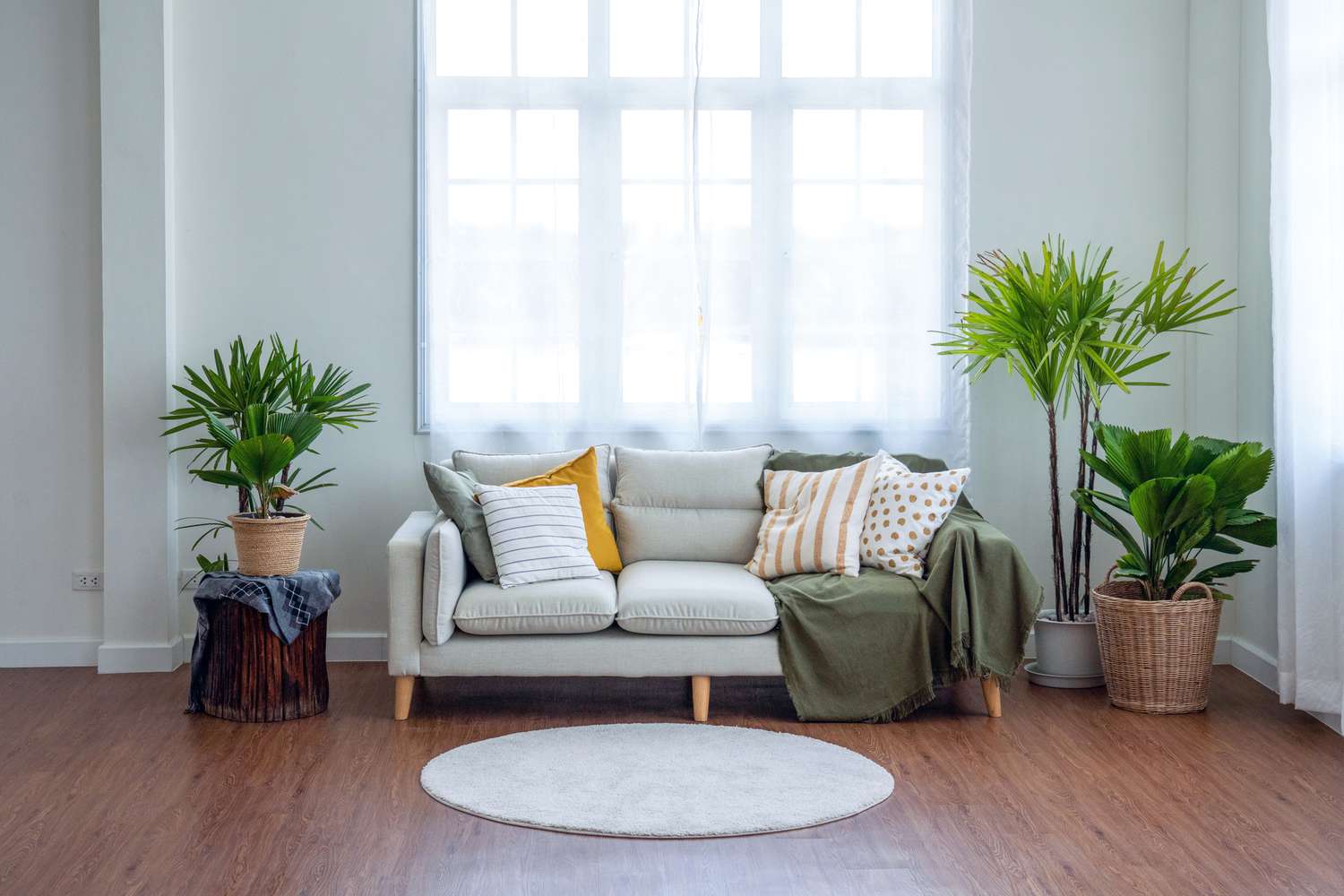

Articles
What Type Of Paint To Use On Interior Walls
Modified: January 18, 2024
Discover the best type of paint to use on interior walls with our informative articles. Transform your space with the right paint choice.
(Many of the links in this article redirect to a specific reviewed product. Your purchase of these products through affiliate links helps to generate commission for Storables.com, at no extra cost. Learn more)
Introduction
When it comes to giving your home a fresh new look, painting the interior walls can make a significant difference. Not only does the right paint color transform the ambiance of a room, but it can also reflect your personal style and create a welcoming space. However, choosing the type of paint to use on interior walls can be a daunting task.
There are several factors to consider before making a decision, such as the surface texture, desired finish, durability, and ease of application. Each type of paint has its own set of characteristics, advantages, and disadvantages. Understanding these factors can help you make an informed choice and achieve the desired result.
Additionally, selecting the right sheen can have a significant impact on the overall look and feel of your walls. Different sheens offer different levels of shine and durability. The choice of sheen depends on the room’s purpose, lighting conditions, and personal preference.
In this article, we will explore various types of paint suitable for interior walls and the factors to consider before choosing. We will also provide helpful tips for a successful painting project. Whether you’re a DIY enthusiast or hiring a professional, this guide will assist you in selecting the perfect paint for your interior walls.
Key Takeaways:
- Choose the right paint type and sheen for your interior walls based on factors like surface texture, desired finish, and durability to create a personalized and welcoming space that reflects your style and needs.
- Follow valuable tips for painting interior walls, including surface preparation, proper tools, and application techniques, to achieve professional-looking results and transform your living space with a fresh coat of paint.
Read more: What Paint Finish For Interior Walls
Factors to Consider Before Choosing Interior Wall Paint
Before diving into the world of interior wall paint, there are a few essential factors to consider. These factors will help guide your decision-making process and ensure that you choose the paint that best meets your needs and preferences. Let’s take a closer look at these factors:
- Surface Texture: The texture of your walls plays a crucial role in determining the type of paint you should use. Smooth walls are more forgiving and can handle a variety of paint types. However, if you have textured walls, such as those with stucco or popcorn finishes, you may need a thicker paint that can fill in the texture gaps for a smooth and uniform appearance.
- Desired Finish: Consider the finish you want for your walls. Different paint finishes, such as matte, eggshell, satin, semi-gloss, and high-gloss, offer different levels of shine and durability. Matte finishes have minimal shine and are perfect for hiding imperfections, while high-gloss finishes have a reflective sheen and are ideal for easy cleaning in high-traffic areas.
- Durability: Consider the durability of the paint, especially if you have children or pets or if the room experiences high levels of traffic. Some paints, like oil-based paints, offer excellent durability and are resistant to stains and scuffs. Others, such as latex paints, may be more prone to wear and tear but offer easier cleanup and maintenance.
- Application Ease: If you’re a DIY enthusiast, you’ll want to choose a paint that is easy to apply. Some paints require multiple coats, while others offer better coverage with just one or two coats. Look for paints that have a smooth application and don’t require extensive prep work for the best DIY experience.
- Health and Environmental Considerations: If you’re concerned about the environmental impact or potential health hazards of paint, look for low or zero VOC (volatile organic compounds) options. These paints are odorless and have minimal harmful emissions, making them safer for you and the environment.
By considering these factors, you can narrow down your options and choose a paint that will not only beautify your interior walls but also meet your specific needs and preferences. Keep these factors in mind as we explore the different types of paint suitable for interior walls in the following sections.
Types of Paint for Interior Walls
When it comes to painting interior walls, there are several types of paint to choose from. Each type has its own unique qualities and is suitable for different situations. Let’s explore some of the most common types of paint used for interior walls:
- Latex Paint: Latex paint, also known as water-based paint, is the most popular choice for interior walls. It is easy to use, dries quickly, and offers a wide range of colors. Latex paint is also low in odor and easy to clean up with soap and water. This type of paint is suitable for most surfaces and provides a durable and long-lasting finish.
- Oil-based Paint: Oil-based paint is known for its durability and excellent coverage. It creates a smooth and glossy finish that is resistant to stains and wear. However, oil-based paint has a strong odor and requires mineral spirits for cleanup. It also takes longer to dry compared to latex paint. Oil-based paint is ideal for areas that experience high traffic and require extra protection, such as trim, doors, and cabinets.
- Acrylic Paint: Acrylic paint is a versatile option that combines the best features of latex and oil-based paints. It offers good coverage, durability, and easy cleanup with water. Acrylic paint dries quickly and has a low odor. It is suitable for most interior walls and works well on both smooth and textured surfaces.
- Chalkboard Paint: Chalkboard paint is a unique type of paint that allows you to transform your walls into a functional chalkboard surface. It creates a matte, chalk-friendly finish that is perfect for kitchens, kids’ rooms, or home offices. Chalkboard paint comes in a variety of colors, allowing you to add a touch of creativity and functionality to your interior walls.
- Primer Paint: Primer paint is not technically a finish paint but plays a vital role in the painting process. It provides a smooth and even surface for the topcoat and helps improve adhesion and durability. Primer paint is especially useful when painting over new drywall or when making significant color changes. It helps to ensure that the topcoat adheres properly and provides a consistent finish.
Each type of paint has its own set of advantages and considerations. Consider the specific needs of your project, such as the desired finish, durability, and ease of application, when choosing the type of paint for your interior walls. Now that we’ve explored the different types of paint, let’s move on to the next section and learn about choosing the right sheen for interior wall paint.
Latex Paint
Latex paint, also known as water-based paint, is one of the most popular choices for painting interior walls. It offers a variety of advantages that make it a go-to option for many homeowners. Here’s a closer look at what makes latex paint a top choice:
- Easy Application: Latex paint is known for its ease of application. It has a smooth and creamy consistency that glides onto the walls effortlessly. Whether you’re using a brush, roller, or paint sprayer, latex paint is easy to work with and provides even coverage.
- Quick Drying Time: One of the significant benefits of latex paint is its quick drying time. Unlike oil-based paint, which can take several hours or even days to dry, latex paint typically dries within a few hours. This allows for faster completion of your painting project.
- Wide Range of Colors: Latex paint offers a vast array of color choices, allowing you to find the perfect shade to match your interior décor. From subtle neutrals to bold and vibrant hues, there is a color to suit every style and preference.
- Durability: Latex paint provides excellent durability, making it suitable for interior walls that experience normal wear and tear. It forms a tough film that is resistant to scuffs, scratches, and fading. It is also easy to clean with simple soap and water, making it ideal for high-traffic areas or homes with kids and pets.
- Low Odor and Environmental Friendly: Latex paint is low in odor compared to oil-based paint, making it a more pleasant option to work with. Additionally, many latex paints are formulated to be low or zero VOC (volatile organic compounds), making them environmentally friendly and safer for indoor use.
When using latex paint, it is important to note that it may not be as durable as oil-based paint in certain situations, such as areas prone to moisture or high humidity. However, for most interior walls, latex paint is a reliable and versatile choice that offers ease of application, a wide range of colors, durability, and environmental friendliness.
Now that you’re familiar with latex paint, let’s move on to the next section and explore another popular type of paint for interior walls: oil-based paint.
Oil-based Paint
Oil-based paint has long been a popular choice for painting interior walls, particularly in areas that require extra durability and protection. Here are some key characteristics and benefits of using oil-based paint:
- Superior Durability: One of the biggest advantages of oil-based paint is its exceptional durability. It forms a hard and durable finish that is resistant to scratches, stains, and wear, making it ideal for high-traffic areas like kitchens, hallways, and kids’ rooms.
- Smooth and Glossy Finish: Oil-based paint provides a smooth and glossy finish that adds an elegant and high-end look to interior walls. This finish can enhance the appearance of trim, doors, and other architectural elements, giving your space a polished and sophisticated feel.
- Excellent Coverage: Oil-based paint typically offers better coverage compared to latex paint. It has a high pigment concentration, allowing it to hide imperfections and inconsistencies on the wall surface more effectively. This makes it an excellent choice when you’re painting over dark or bold colors.
- Stain and Moisture Resistance: Oil-based paint has inherent properties that make it resistant to water and stains. This makes it suitable for areas that are prone to moisture, such as bathrooms and kitchens, where spills and splashes are common.
- Longer Drying Time: One thing to keep in mind with oil-based paint is that it has a longer drying time compared to latex paint. It can take several hours to dry, and in some cases, even days, depending on the environmental conditions. Proper ventilation is necessary to facilitate the drying process.
- Strong Odor: Oil-based paint has a strong odor due to the presence of solvents. It is important to ensure proper ventilation when working with oil-based paint to minimize exposure to fumes.
While oil-based paint offers many advantages, it does have some downsides to consider. The longer drying time, strong odor, and the need for solvents for cleanup can make oil-based paint less convenient to use compared to other paint types. Additionally, oil-based paint is not as environmentally friendly as water-based options, as it contains higher levels of volatile organic compounds (VOCs).
When deciding whether to use oil-based paint, consider the specific needs of your project, such as the level of durability required and the desired finish. If you’re looking for a paint that can withstand heavy traffic and provide a luxurious sheen, oil-based paint may be the right choice for your interior walls.
Now that we’ve explored oil-based paint, let’s move on to the next section and learn about another type of paint commonly used for interior walls: acrylic paint.
Read more: What Type Of Paint For Basement Walls
Acrylic Paint
Acrylic paint is a versatile and popular option for painting interior walls. It offers a range of benefits that make it a top choice for many homeowners. Here are some key features and advantages of using acrylic paint:
- Ease of Application: Acrylic paint is known for its ease of application. It has a smooth and creamy consistency that makes it easy to work with using a brush, roller, or paint sprayer. It spreads evenly on the wall surface, ensuring a uniform and professional-looking finish.
- Quick Drying Time: Acrylic paint dries faster than oil-based paint, making it ideal for projects with tight timelines or where multiple coats are required. Most acrylic paints dry to the touch within an hour and can be recoated in as little as two hours, which helps speed up the painting process.
- Wide Range of Colors: Acrylic paint offers a wide variety of colors, allowing you to find the perfect shade to complement your interior decor. Whether you’re looking for bold and vibrant hues or soft and subtle tones, acrylic paint has options to suit every style and preference.
- Durability: Acrylic paint provides good durability for interior walls. It forms a hard and durable finish that is resistant to fading, cracking, and peeling. This makes it suitable for most areas of the home, including living rooms, bedrooms, and hallways.
- Water Cleanup: One of the major advantages of acrylic paint is that it can be cleaned up easily with water. Unlike oil-based paint that requires solvents, all you need to clean brushes, rollers, and other tools used with acrylic paint is water and mild soap. This makes cleanup a breeze.
- Low Odor and Environmental Friendly: Compared to oil-based paint, acrylic paint has a lower odor and contains fewer volatile organic compounds (VOCs). Low or zero VOC options are also available, making acrylic paint a more environmentally friendly choice that is safer for indoor use.
Acrylic paint is suitable for most interior walls, including drywall, plaster, masonry, and wood surfaces. However, it may not be the best choice for areas with high moisture levels, such as bathrooms, as it is not as water-resistant as oil-based paint.
Now that you have an understanding of acrylic paint, let’s move on to the next section and learn about another unique type of paint for interior walls: chalkboard paint.
When painting interior walls, use a high-quality latex paint for a smooth and durable finish. Look for paint labeled as “interior” or “wall paint” for best results.
Chalkboard Paint
Chalkboard paint is a unique and trendy option for adding a touch of creativity and functionality to your interior walls. It creates a surface that can be written on with chalk, allowing you to turn any wall into a fun and interactive space. Here are some key features and benefits of using chalkboard paint:
- Creative and Functional: Chalkboard paint allows you to transform your walls into a functional chalkboard surface. You can use it in various ways, from creating a designated area for writing messages, reminders, or grocery lists to encouraging creativity in children’s rooms or home offices.
- Matte Finish: Chalkboard paint provides a matte finish that adds a unique and rustic touch to your interior walls. This finish offers a subtle elegance and is a great alternative to traditional glossy or matte paints.
- Multiple Color Options: While traditional chalkboards are typically black, chalkboard paint comes in a variety of colors, allowing you to get creative with your design. Whether you prefer classic black, or you want to experiment with vibrant colors, the choice is yours.
- Easy Application: Chalkboard paint is easy to apply, just like any other interior paint. It can be brushed or rolled onto the wall surface, and multiple coats may be required to achieve optimal coverage. Make sure to follow the manufacturer’s instructions for the best results.
- Interaction and Playfulness: Chalkboard walls invite interaction and playfulness, making them a great addition to areas where creativity and spontaneous expression are encouraged. They can be especially appealing in kids’ playrooms, classrooms, or even in shared spaces where family members can leave messages or doodles for one another.
Chalkboard paint is a versatile option that allows you to get creative and add a personal touch to your interior walls. Whether you use it as an organizational tool or as a canvas for artistic expression, it adds a dynamic and interactive element to your living space. Just remember to have chalk on hand for writing and erasing!
Now that you’re familiar with chalkboard paint, let’s move on to the next section and learn about another important type of paint: primer paint.
Primer Paint
Primer paint is not technically a finish paint but plays a crucial role in the painting process, especially when it comes to interior walls. It is applied before the topcoat to ensure optimal adhesion, durability, and a smooth finish. Here are some key points about primer paint:
- Surface Preparation: Primer paint helps prepare the surface for the topcoat by creating a smooth and even base. It helps fill in small imperfections, such as minor cracks, nail holes, and patches, ensuring a seamless and professional-looking final result.
- Adhesion Promotion: Primer paint promotes better adhesion between the wall surface and the topcoat. It creates a bond that helps prevent the topcoat from peeling or flaking over time, ensuring long-lasting durability.
- Stain Blocking: Primer paint can effectively block stains, such as water stains, marker stains, and smoke stains, from bleeding through the topcoat. This is especially important when you’re painting over existing stains or when covering darker colors with lighter ones.
- Better Coverage: Using a primer paint before applying the topcoat can enhance the coverage and color vibrancy of the final paint. The primer creates a neutral base that allows the topcoat to fully showcase its true color and reduces the number of paint coats required for desired opacity.
- Improved Durability: Primer paint creates a durable foundation that helps protect the wall surface and increases the longevity of the paint job. It adds an extra layer of defense against wear and tear, making it particularly useful in high-traffic areas.
Primer paint is available in different formulations, such as water-based and oil-based, to suit various types of surfaces and paint systems. It typically has a flat finish, and some primers are specifically designed to be tinted to match the color of the topcoat, further enhancing the coverage and minimizing the number of topcoat application.
When painting interior walls, using a primer paint is highly recommended, especially in situations where you’re dealing with new drywall, repaired surfaces, or drastic color changes. It ensures the best adhesion, improved coverage, and a professional-looking finish that will last for years to come.
Now that we’ve covered the different types of paint suitable for interior walls, let’s move on to the next section and explore the importance of choosing the right sheen for your interior wall paint.
Choosing the Right Sheen for Interior Wall Paint
When selecting paint for your interior walls, it’s not only the color and type of paint that matter but also the sheen. The sheen refers to the level of shine or glossiness that the paint provides. Different sheens offer varying levels of durability, ease of maintenance, and aesthetic appeal. Here are some common sheen options to consider:
- Matte or Flat: Matte or flat sheen has little to no shine, creating a non-reflective finish. It is ideal for concealing imperfections on the wall surface and has a velvety appearance. Matte paint is a popular choice for bedrooms, living rooms, and other areas where a smooth, understated look is desired. It is less durable and more challenging to clean than higher sheen options.
- Eggshell: Eggshell sheen has a subtle, soft luster similar to the texture of an eggshell. It offers a slight sheen without being overly glossy. Eggshell paint is easier to clean than matte paint and has better stain resistance. It is commonly used in living rooms, dining rooms, and bedrooms, providing a smooth and elegant finish.
- Satin: Satin sheen has a gentle sheen that reflects more light than eggshell. It offers greater durability and is easier to clean, making it suitable for high-traffic areas like hallways, entryways, and kitchens. Satin paint provides a smooth and silky appearance and is a popular choice for those who want a balance between durability and aesthetic appeal.
- Semi-Gloss: Semi-gloss sheen has a noticeable gloss and offers a shiny and reflective finish. It is highly durable, easy to clean, and resistant to moisture and stains, making it ideal for areas prone to splashes or high humidity, such as bathrooms and kitchens. Semi-gloss paint is also commonly used on trim, doors, and cabinets to provide a contrasting element and a touch of elegance.
- Gloss or High-Gloss: Gloss and high-gloss sheens offer the most shine and reflection. They create a polished and glamorous look that adds a sense of sophistication to any space. Gloss paint is highly durable, easy to clean, and resistant to stains, making it suitable for trim and accents. However, due to its high sheen, it also highlights imperfections on the wall surface.
Choosing the right sheen depends on several factors, including the room’s purpose, lighting conditions, and personal preference. Lighter sheens like matte and eggshell are often preferred for rooms where a calm and relaxing atmosphere is desired, while higher sheens like satin and semi-gloss are well-suited for areas that require more durability and easy maintenance.
Consider the function of the room, such as whether it’s a high-traffic area or prone to moisture, and the amount of natural or artificial light it receives. Assessing these factors will help you determine the appropriate sheen that balances style, practicality, and durability for your interior walls.
Now that you know about choosing the right sheen, let’s move on to the next section and discover some helpful tips for painting interior walls.
Tips for Painting Interior Walls
Painting interior walls can be a rewarding and transformative project that breathes new life into your space. To ensure a successful and professional-looking result, here are some valuable tips to keep in mind:
- Prepare the Surface: Before you begin painting, ensure that the walls are clean, dry, and free from dust, dirt, and grease. Repair any cracks or holes and sand down any rough spots to create a smooth surface for optimal paint adhesion.
- Protect the Surroundings: Remove or cover furniture, flooring, and fixtures with drop cloths or plastic sheets to protect them from accidental splatters or spills. Use painter’s tape to mask off areas that you don’t want to paint, such as trim, windows, and outlets.
- Prime if Necessary: If you’re painting over a dark color or a surface that has never been painted before, consider using a primer. This will help ensure better coverage and a more uniform finish for the topcoat.
- Stir and Strain the Paint: Before you start painting, thoroughly stir the paint to ensure that the color pigments are well mixed. Additionally, strain the paint through a mesh strainer to remove any debris or lumps that may affect the smoothness of the finish.
- Use the Right Tools: Invest in high-quality brushes, rollers, and paint trays for smooth and even application. Choose the appropriate roller nap thickness for the texture of your walls, and use angled brushes for cutting in along edges and corners.
- Apply Multiple Thin Coats: It’s better to apply several thin coats of paint rather than one thick coat. This ensures better coverage, minimizes drips and sags, and allows for better control over the paint application. Allow each coat to dry before applying the next.
- Paint in a Correct Order: Start by cutting in along the edges and corners with a brush, then use a roller for the main wall surfaces. Work in manageable sections, maintaining a wet edge to avoid visible lines. For larger areas, use a paint extension pole to reach high spots and reduce strain.
- Pay Attention to Drying Time: Follow the manufacturer’s instructions for drying time between coats. Proper drying time allows the paint to cure and ensures a durable finish. Avoid touching or placing objects against freshly painted walls until they are fully dry.
- Clean Up Properly: Dispose of or clean your brushes, rollers, and paint trays according to the paint manufacturer’s recommendations. For water-based paints, clean with soap and water, while oil-based paints require solvents like mineral spirits. Store leftover paint properly for future touch-ups.
- Enjoy the Results: Once the paint is dry and everything is cleaned up, step back and admire your freshly painted walls. Take the time to enjoy the transformation and the renewed beauty and ambiance it brings to your space.
By following these tips, you can achieve professional-looking results when painting your interior walls. Remember to take your time, work in a well-ventilated area, and have patience throughout the process. With proper preparation, the right tools, and attention to detail, you’ll be able to create a beautiful and refreshed space.
With the completion of our list of tips, we have covered all the essential information you need to know about painting interior walls. Now, armed with this knowledge, you can confidently embark on your painting project and achieve the desired results.
Best of luck with your painting endeavors!
Conclusion
Choosing the right paint for your interior walls is a decision that can greatly impact the overall look and feel of your space. The type of paint, sheen, and color you select can transform a room, reflect your personal style, and create a welcoming environment. By considering factors such as surface texture, desired finish, durability, ease of application, and environmental considerations, you can make an informed choice that meets your specific needs.
We explored various types of paint suitable for interior walls, including latex paint, oil-based paint, acrylic paint, chalkboard paint, and primer paint. Each type offers unique benefits and considerations, allowing you to find the perfect paint for your project. Whether you prioritize ease of use, durability, moisture resistance, or creative possibilities, there is a paint type to suit your requirements.
Additionally, we discussed the importance of choosing the right sheen for your interior wall paint. From matte to high-gloss, each sheen offers different levels of shine, durability, and ease of maintenance. Considering the room’s function, lighting conditions, and personal preference will help you choose a sheen that enhances the aesthetics and practicality of your space.
To ensure a successful painting project, we provided valuable tips for painting interior walls. From surface preparation and proper tools to application techniques and clean-up, following these tips will help you achieve professional-looking results and avoid common pitfalls. Taking the time to prepare, protect the surroundings, and apply multiple thin coats of paint will yield a smooth and long-lasting finish.
Painting interior walls allows you to express your creativity, refresh your living space, and create a personalized sanctuary. Whether you’re embarking on a DIY project or hiring a professional, the knowledge gained from this article will guide you in making informed decisions and achieving the desired outcome.
So go ahead and choose the perfect paint, select the ideal sheen, and follow the tips provided to transform your interior walls into a masterpiece. Enjoy the process and revel in the beauty and ambiance that a fresh coat of paint brings to your home.
Happy painting!
Frequently Asked Questions about What Type Of Paint To Use On Interior Walls
Was this page helpful?
At Storables.com, we guarantee accurate and reliable information. Our content, validated by Expert Board Contributors, is crafted following stringent Editorial Policies. We're committed to providing you with well-researched, expert-backed insights for all your informational needs.
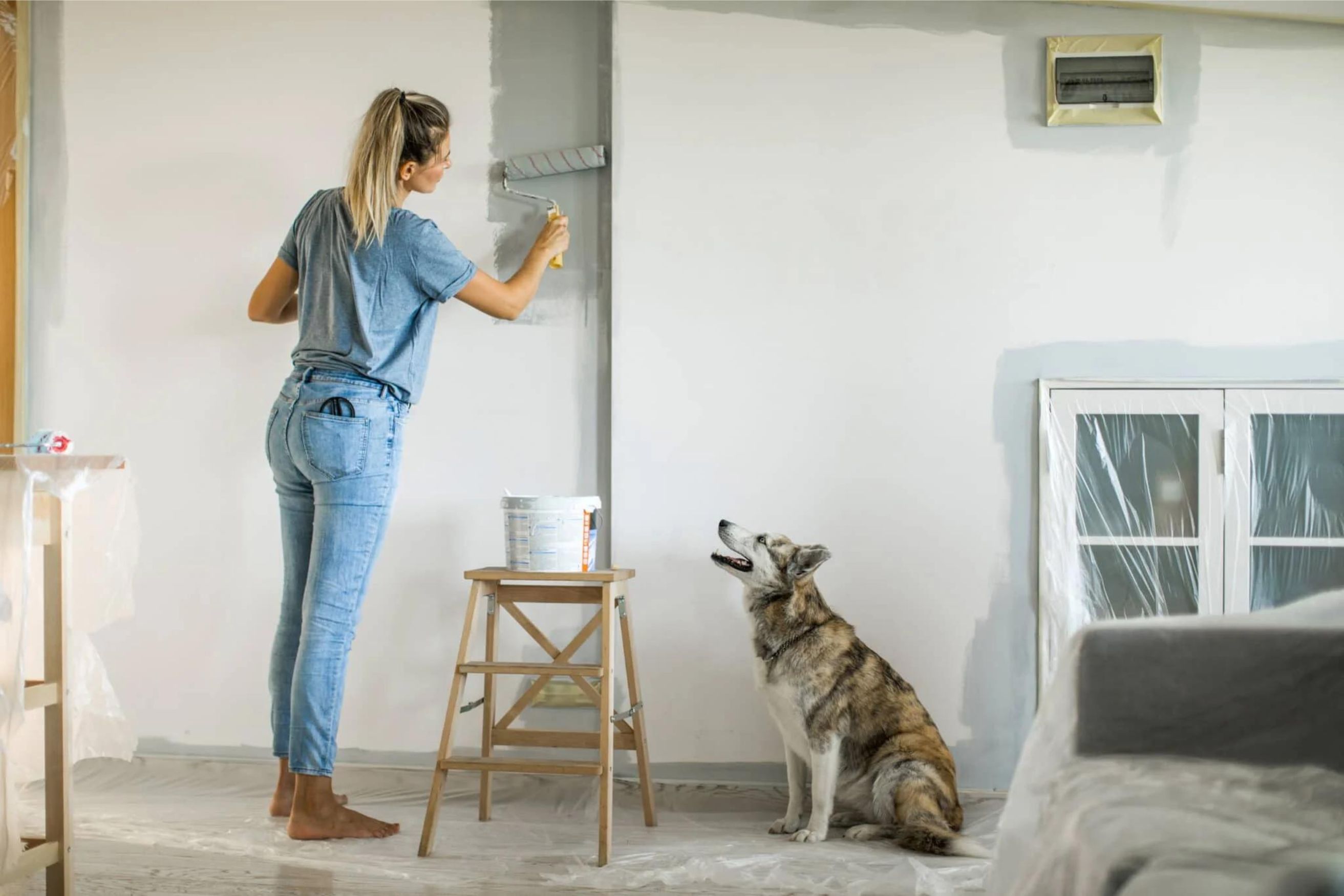
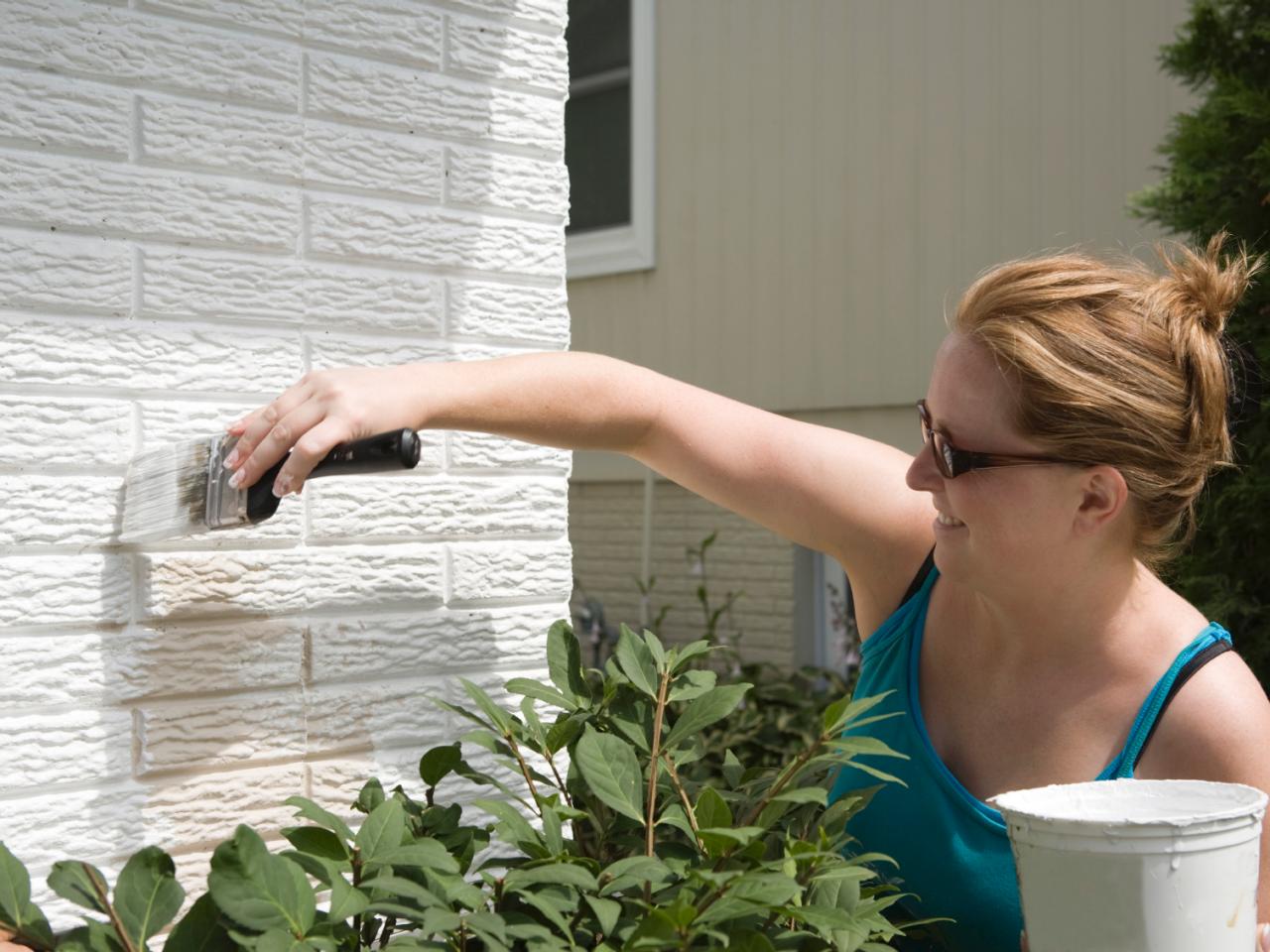
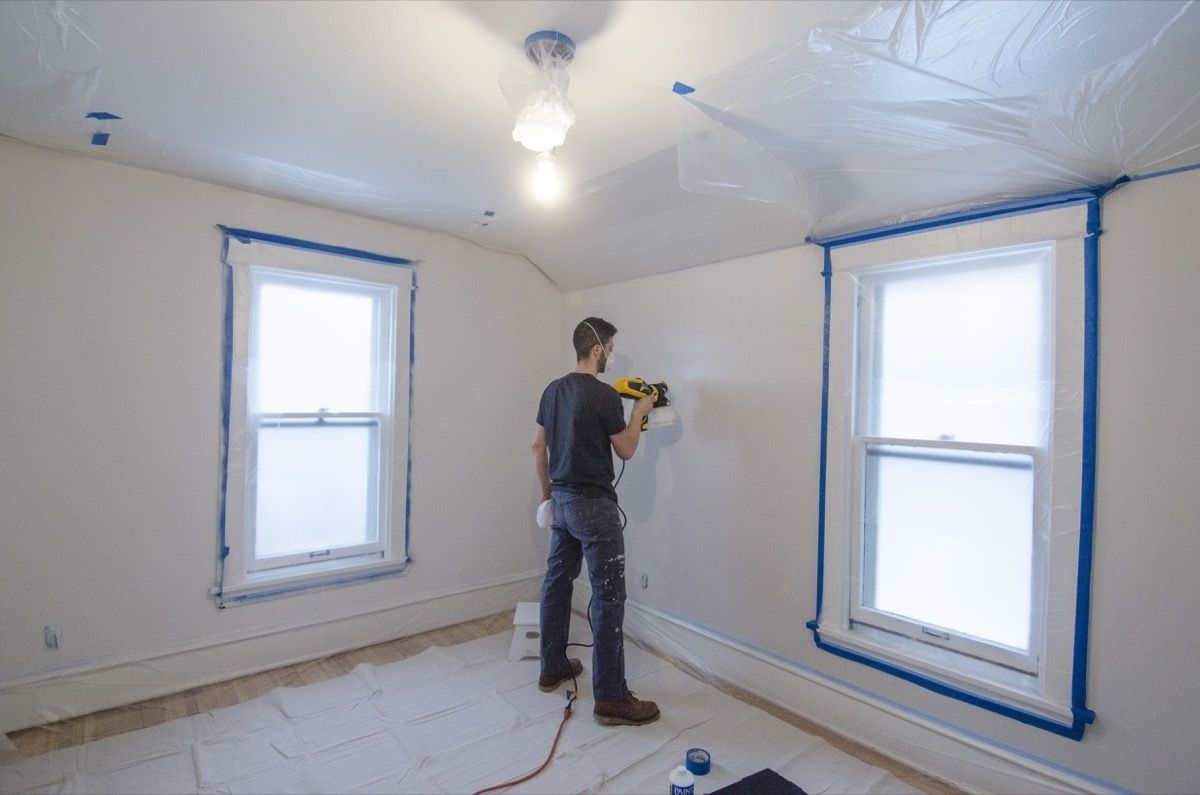
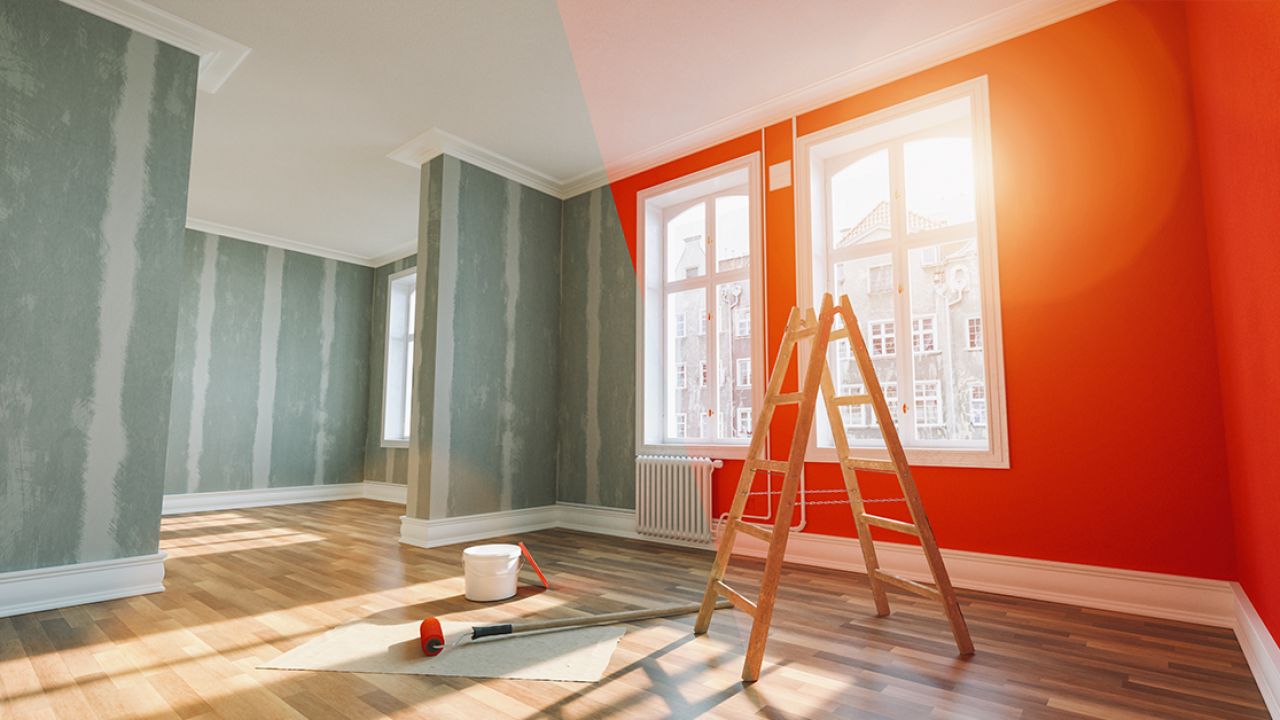
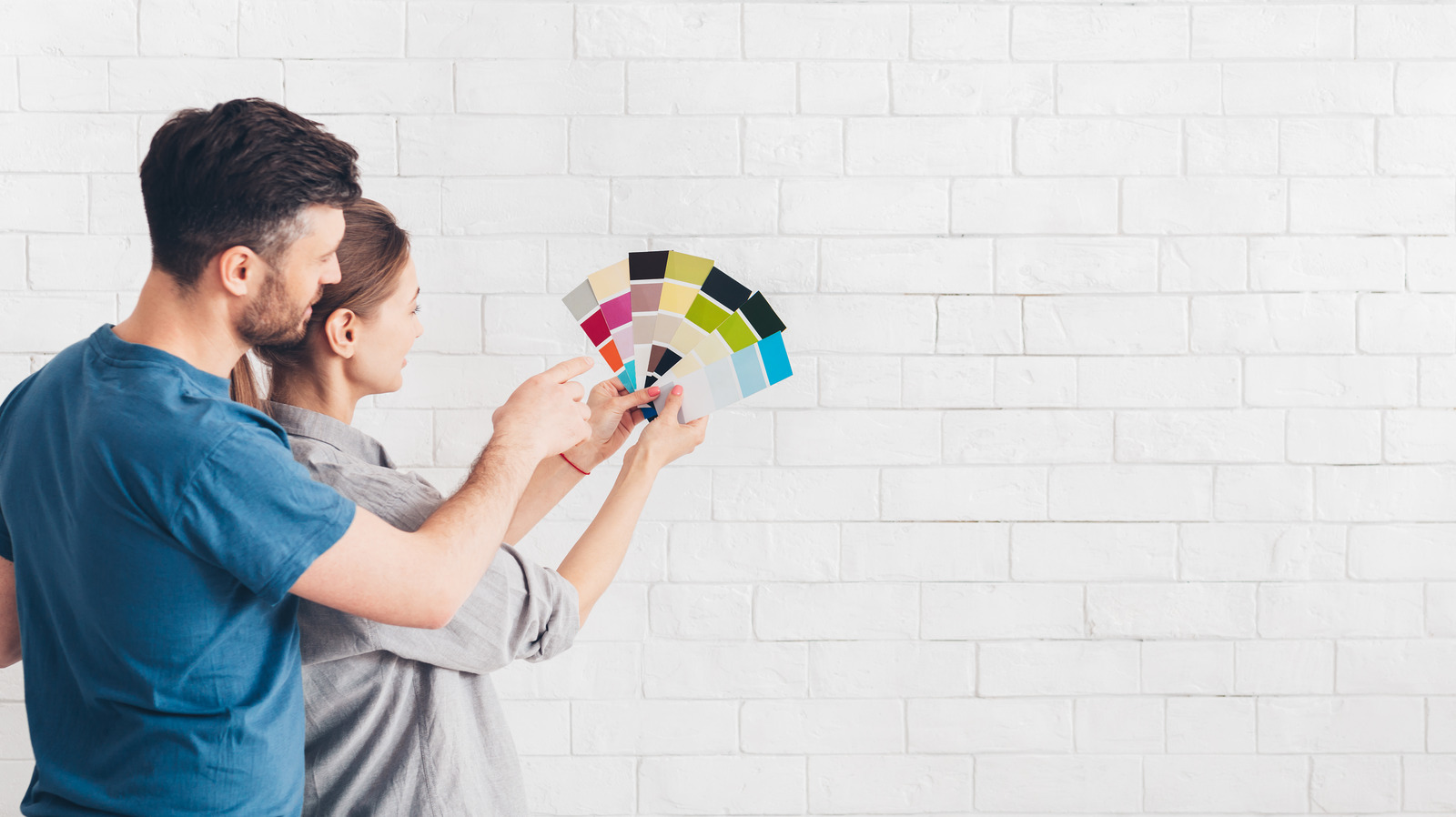
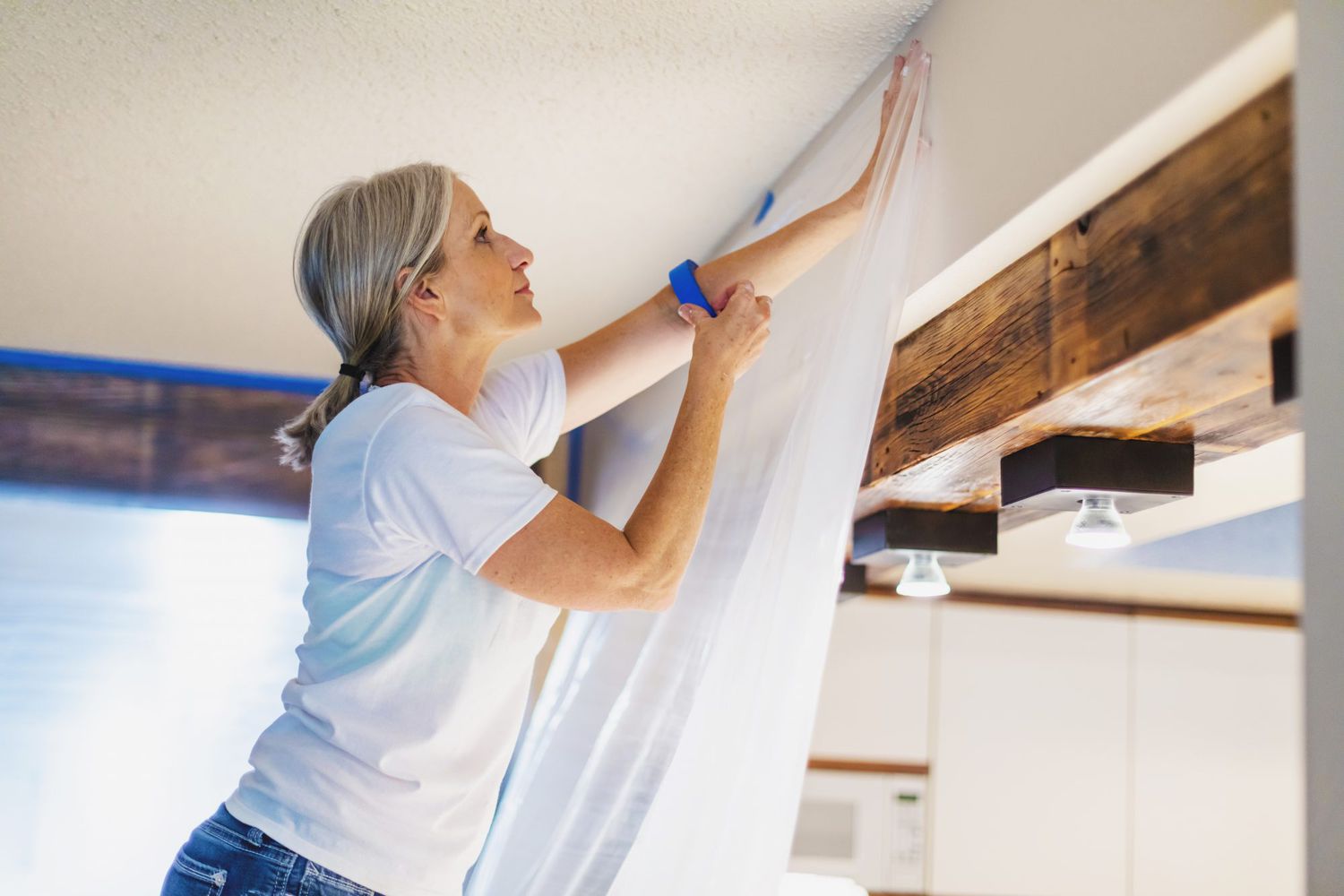
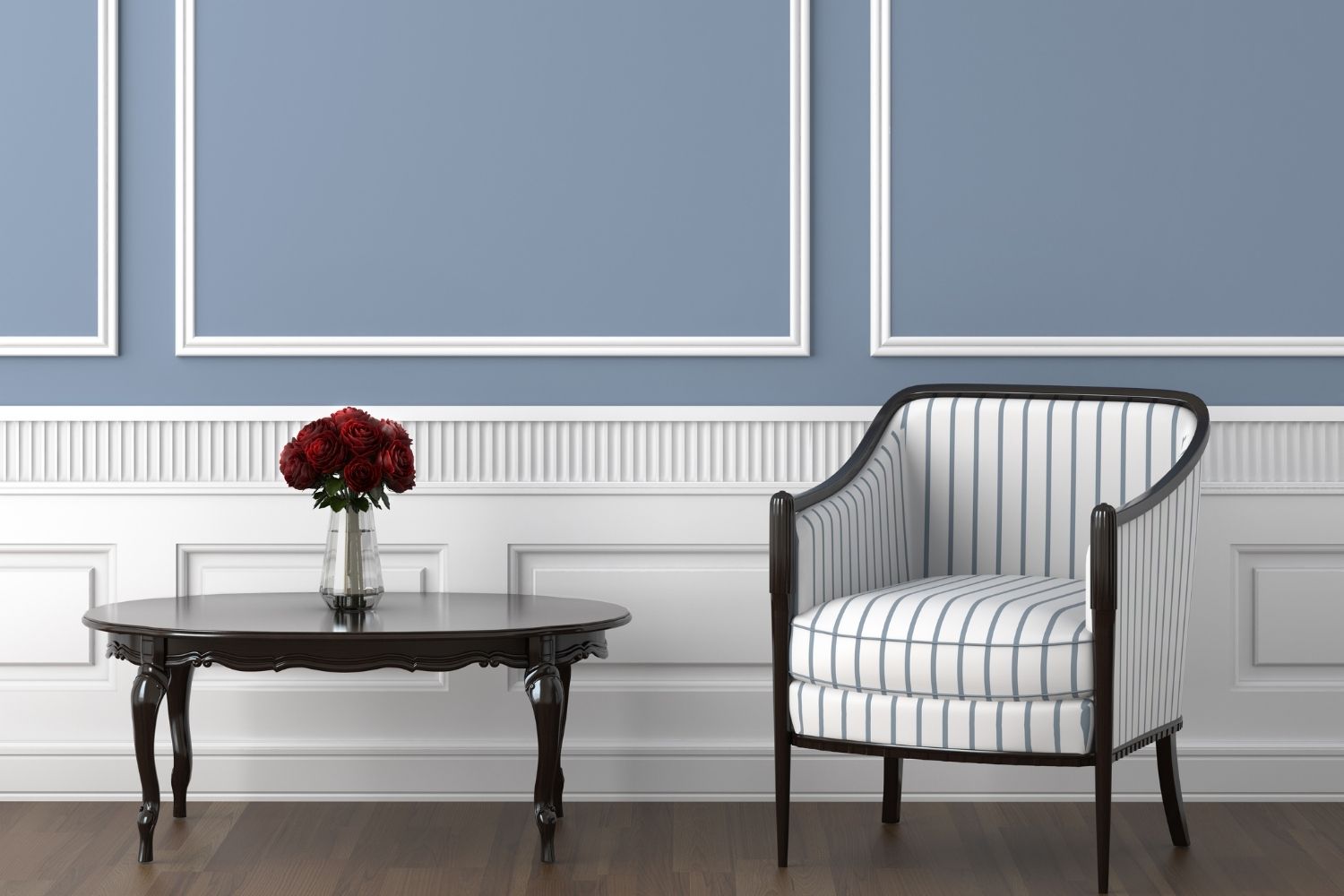
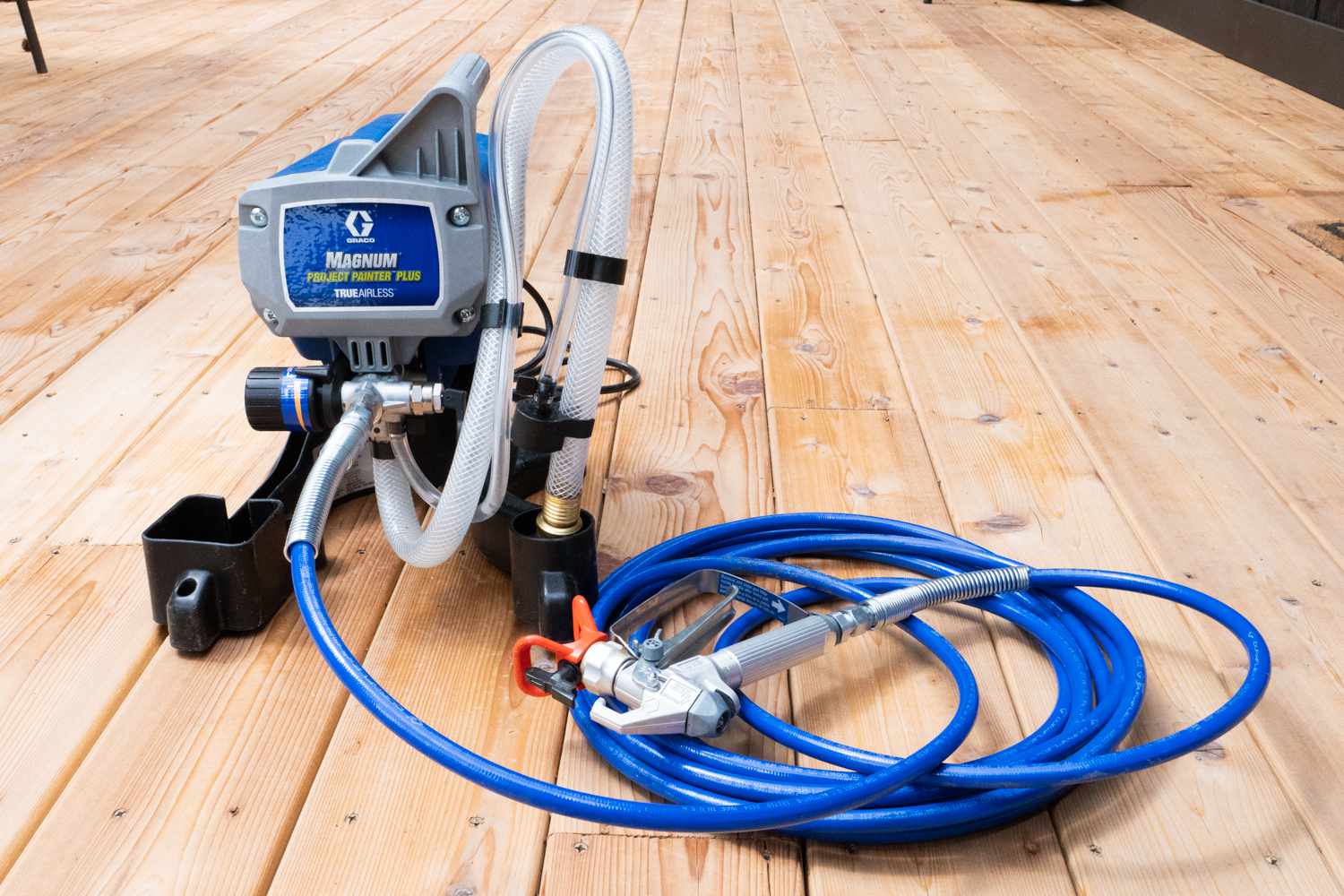
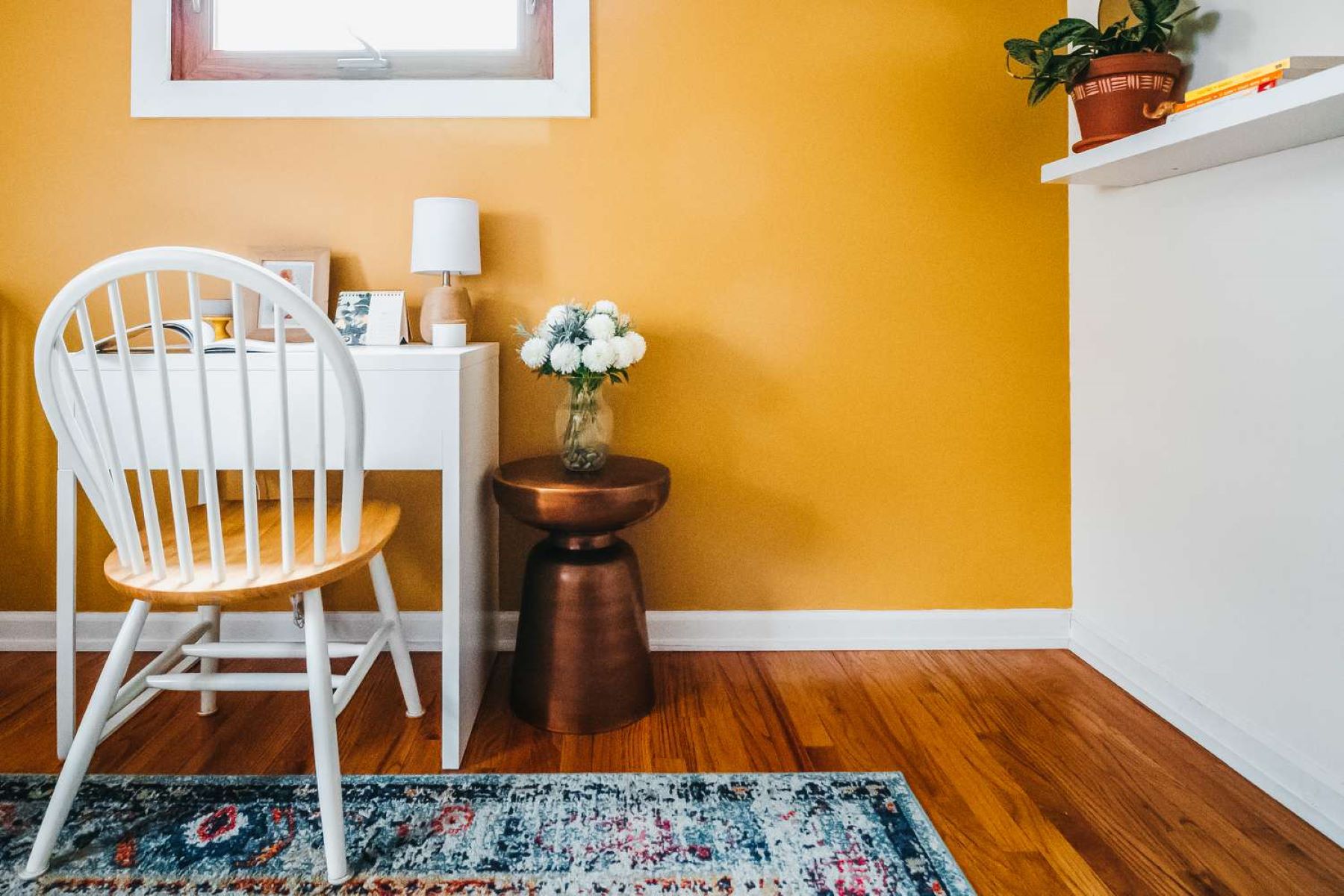
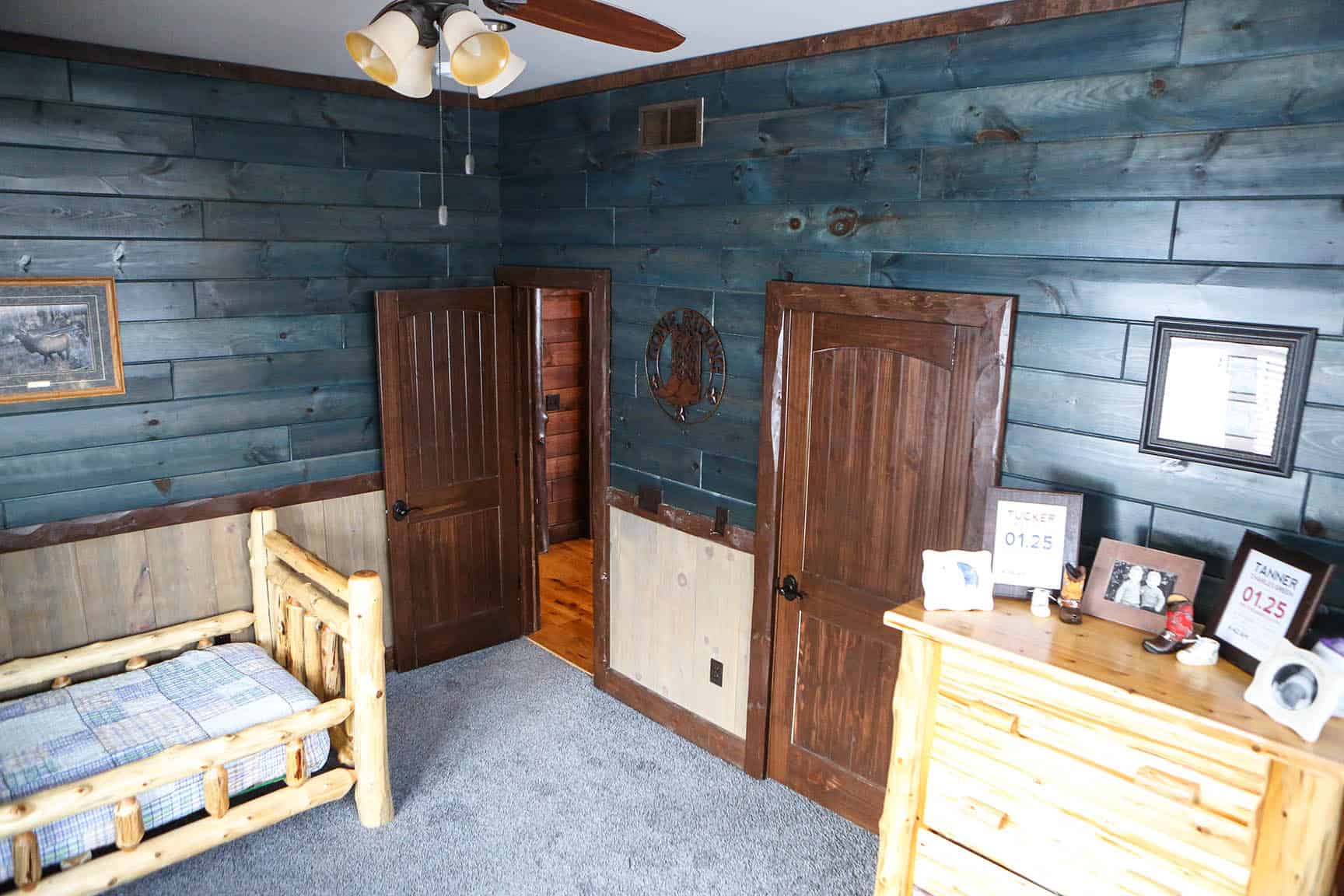
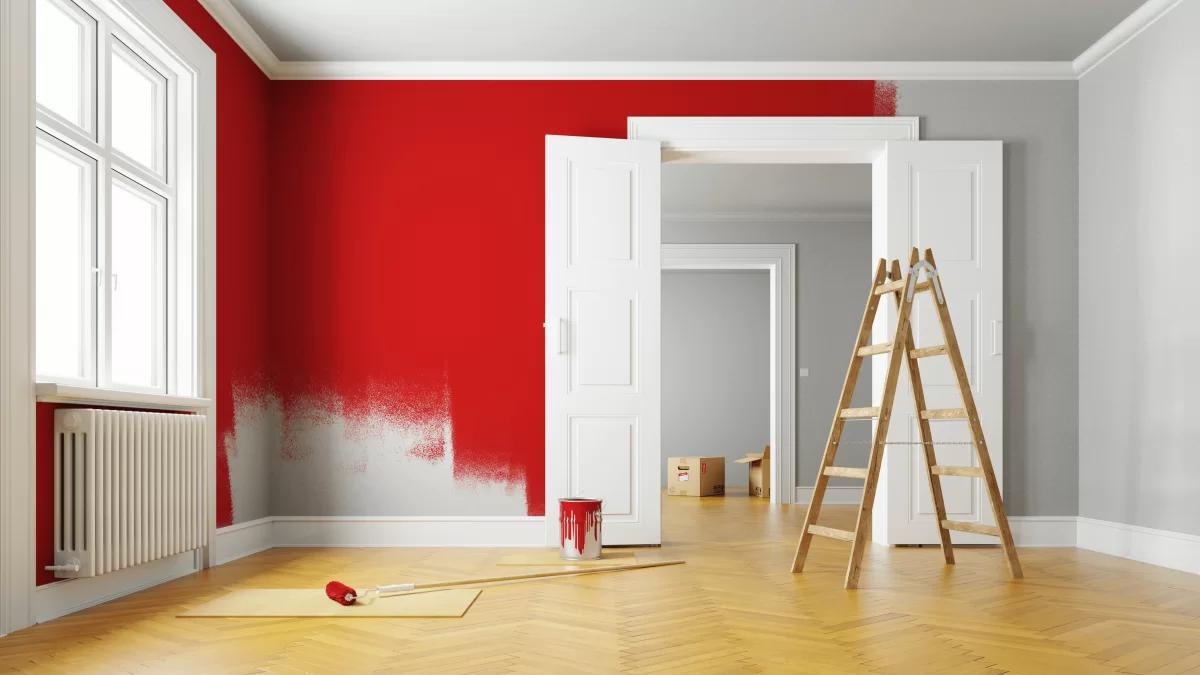
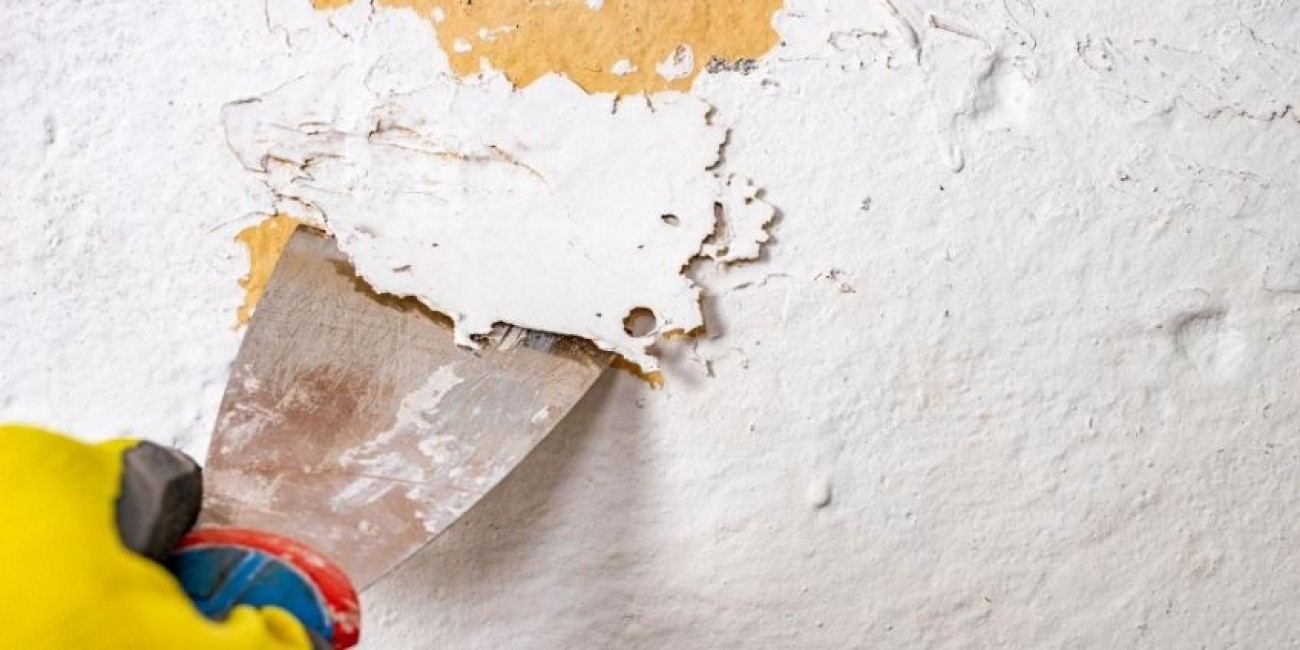
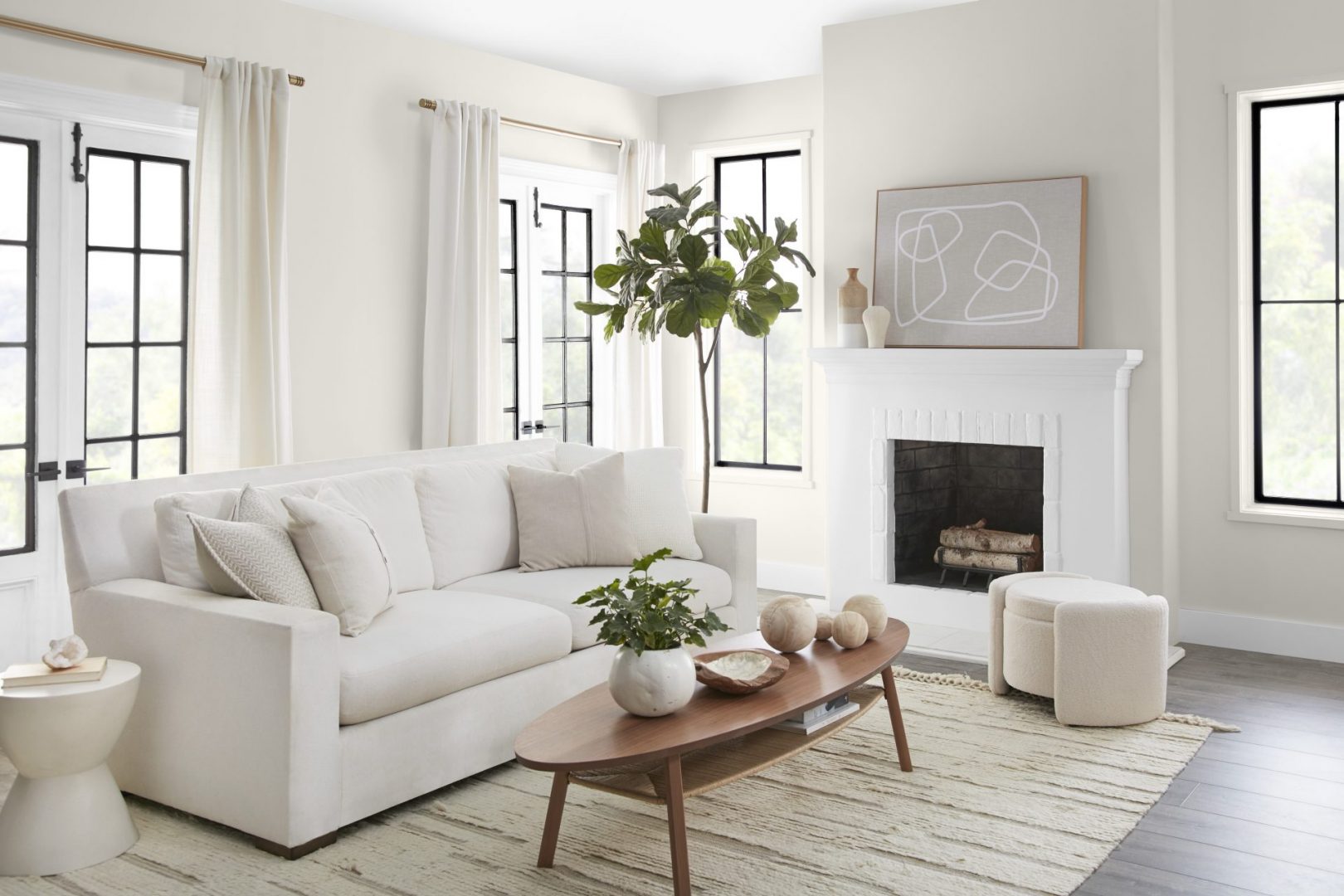

0 thoughts on “What Type Of Paint To Use On Interior Walls”